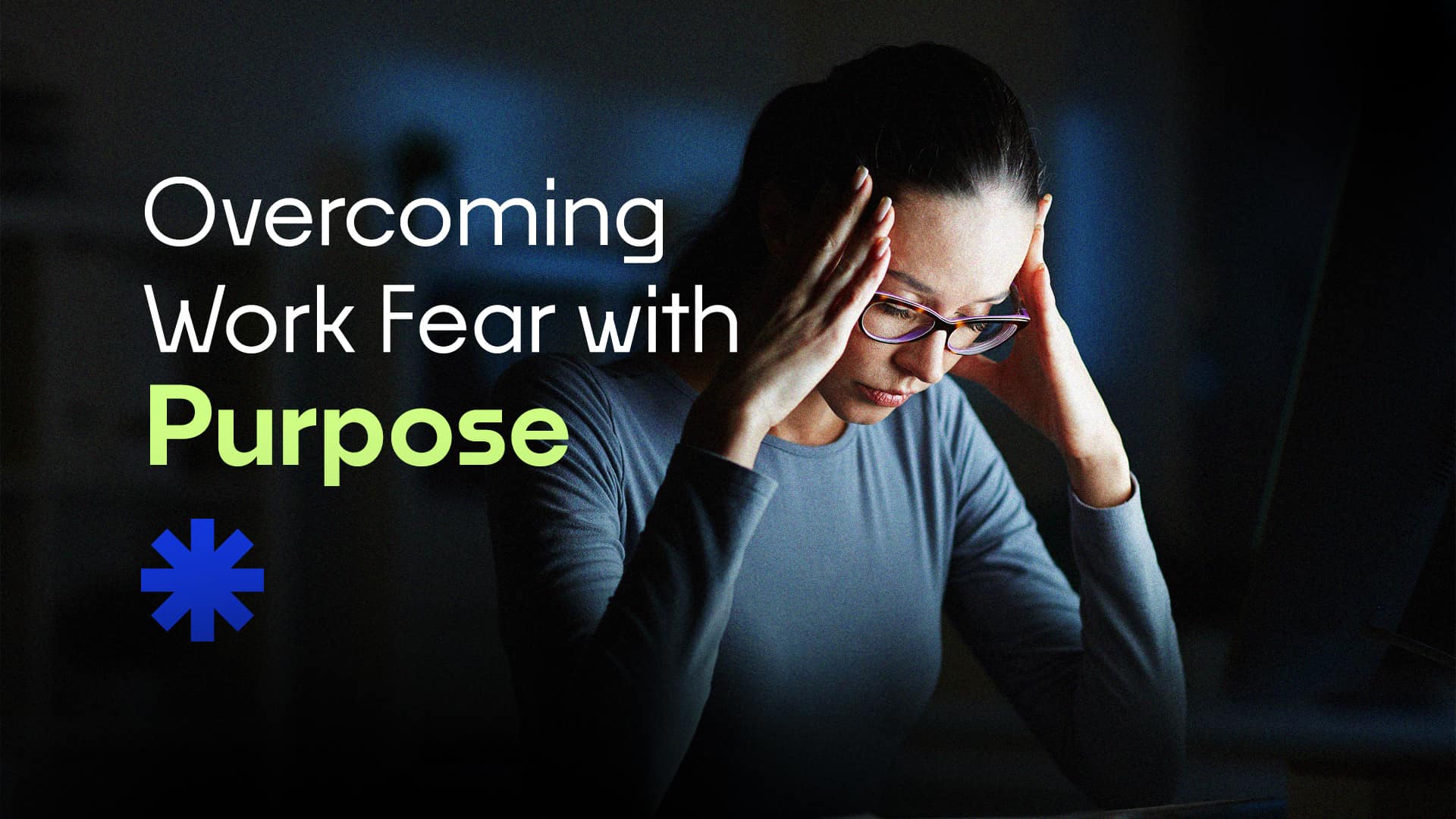Artificial intelligence (AI) has become a ubiquitous presence in our modern world, transforming industries and revolutionizing the way we work. However, amidst the discussions of AI’s potential to replace human jobs, it’s crucial to understand that AI is a tool created by humans. The true power lies in the people who wield AI technology effectively and harness its capabilities to drive innovation, efficiency, and productivity. In this blog post, we will explore the evolving relationship between humans and AI, debunk common myths, and highlight the critical role humans play in shaping the future of work.
- The Collaborative Power of Humans and AI: Contrary to popular belief, AI is not meant to replace humans but to augment and enhance their abilities. By working hand in hand with AI systems, humans can leverage the power of automation, data analysis, and predictive algorithms to make better-informed decisions, solve complex problems, and drive transformative change. The collaboration between humans and AI is a synergistic partnership that enables organizations to achieve greater levels of productivity and innovation.
- Developing Unique Human Skills: As AI takes over routine and repetitive tasks, humans are freed up to focus on areas where their unique skills shine. Emotional intelligence, critical thinking, creativity, and empathy are among the qualities that set humans apart from machines. By nurturing and developing these skills, individuals can position themselves as indispensable contributors in the AI-powered workplace. Embracing continuous learning and adapting to new challenges will be essential for staying relevant and thriving in the evolving job market.
- Becoming AI Advocates and Educators: To fully harness the potential of AI, organizations need individuals who champion its adoption and educate others about its benefits. By becoming AI advocates and educators, individuals can help dispel fears and misconceptions surrounding AI while showcasing its transformative power. They can facilitate the smooth integration of AI technologies, drive organizational change, and inspire others to embrace the opportunities presented by AI.
- Ethical Considerations and Responsible AI Use: As the use of AI expands, it becomes crucial to address ethical considerations and ensure responsible AI use. Humans play a vital role in setting ethical guidelines, defining the boundaries of AI applications, and safeguarding against biases and unintended consequences. By embedding ethical principles and transparency into AI systems, humans can ensure that AI technologies are used responsibly and aligned with human values.
- Embracing a Lifelong Learning Mindset: The rapid pace of AI advancements requires individuals to adopt a lifelong learning mindset. Continuous learning and upskilling are essential for navigating the evolving job landscape and remaining competitive. Embracing new technologies, staying updated with industry trends, and seeking opportunities for growth and development will empower individuals to adapt to change, leverage AI effectively, and unlock new career opportunities.
Conclusion: AI is not a substitute for human intelligence, but a powerful tool that complements and amplifies human capabilities. By embracing the collaborative partnership between humans and AI, we can unlock unprecedented potential in the workplace.
The key lies in nurturing our unique human skills, becoming advocates for AI adoption, upholding ethical considerations, and embracing a lifelong learning mindset. Together, we can shape a future where humans and AI work hand in hand to drive innovation, productivity, and societal progress.
So, let’s embrace the human-AI partnership and leverage the transformative potential of AI to create a better future of work!










